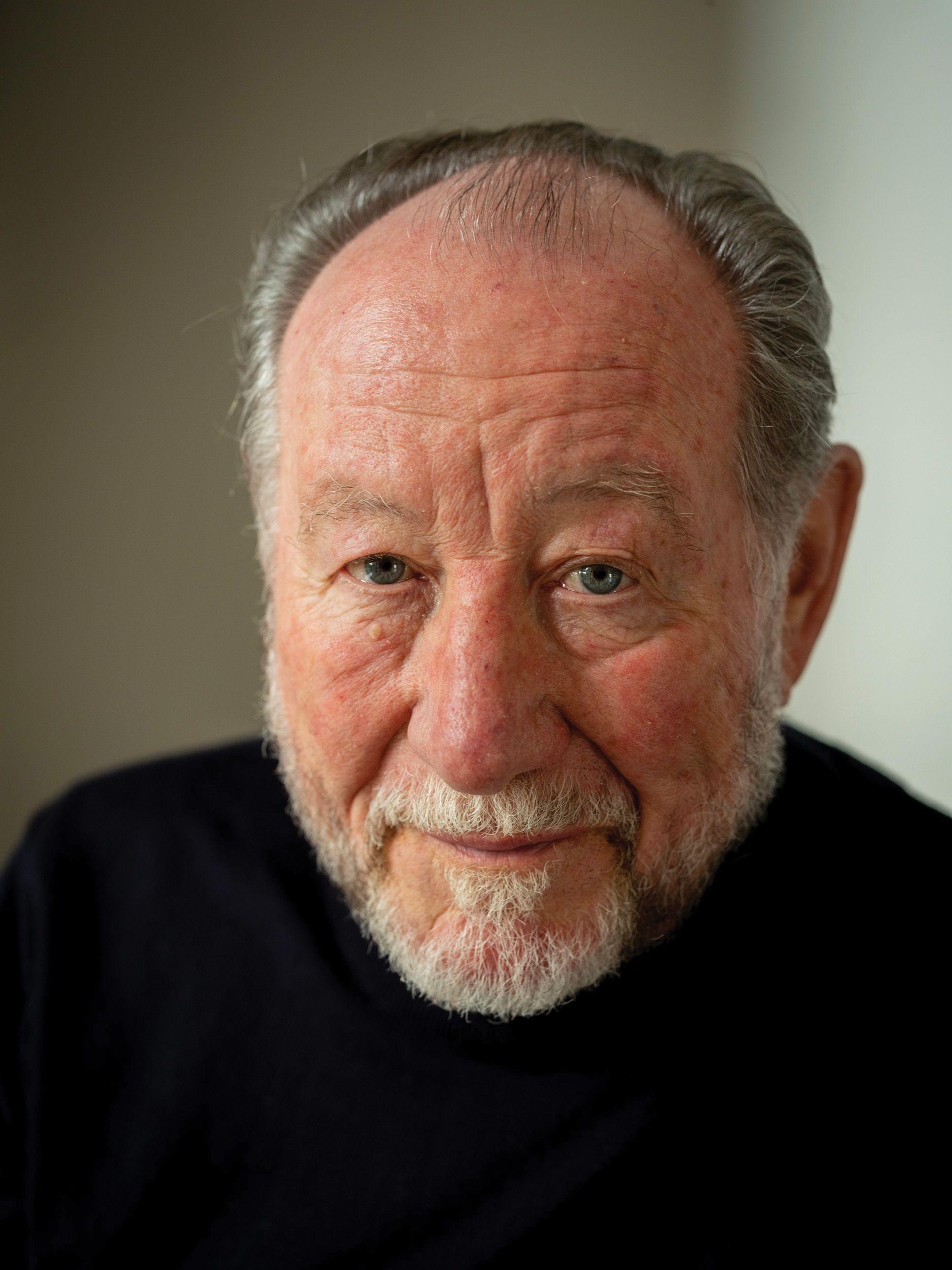(MENAFN- Art News) The author and art historian Michael Peppiatt is candid about his art passions: in 2015, he published a frank memoir that focused on his friendship with Francis Bacon (Francis Bacon in Your Blood). In his new publication, Giacometti in Paris: A Life, he shines the spotlight on another of his heroes, the Swiss sculptor Alberto Giacometti, setting his life and work against the backdrop of Paris where, in his hovel of a studio, he created his recognisable, now million-dollar-selling spindly human figures.
“I'm interested in a wide range of artists, but Giacometti and Bacon have both been singular obsessions for me for 60 years!” Peppiatt tells The Art Newspaper.“To some extent I have been formed by them because they were kind of father figures.”
The new book, writes Peppiatt in his introduction, is“a double portrait in which a gifted individual and a magical city confront and reflect each other”. He paints a colourful picture of Giacometti's experiences in the city, from his arrival in 1922 as an ingénue from Switzerland to the relationships he built with writers such as André Breton, Michel Leiris and Jean-Paul Sartre, and fellow artists like Pablo Picasso.
The narrative is furnished with absorbing episodes, such as the time in early 1932 when Giacometti found himself lying clothed on a bed next to the artist Robert Jourdan, who had died during the night from an overdose.“The life lacks a vital dimension without the work, and the work should become far more accessible and interesting once seen in the context of a life,” Peppiatt says. The book begins with the author's account of going to Paris in early 1966 for a job at Réalités magazine. He moves into a flat in the Alésia neighbourhood, which turned out to be a stone's throw from the studio where Giacometti spent most of his working life (1927-66).
“Bacon had given me this letter of introduction, so I tried several times to deliver it and then I heard Giacometti had died that very week in Switzerland. The obsession grew out of not having met him and not being taken into his world. I compensated by building up a collection of
books and catalogues, and photographs of him and the studio.”
As an art critic mining the Paris scene, Peppiatt also came into contact with key relatives like Giacometti's wife Annette and his brother Diego, who helped with his research.

Michael Peppiatt says his book is“a double portrait in which a gifted individual and a magical city confront and reflect each other” Harry Borden
So was there a gap in the scholarship around Giacometti?“I don't think his relationship with Paris and the extraordinary intellectual climate of the city before and after the war have been fully explored. The way Giacometti became such a main actor and personality in Surrealism, and then a central figure, partly thanks to Sartre, in Existentialism, interested me particularly and made me feel envious.” Indeed, Peppiatt's account of the personalities who shaped Giacometti in the most profound way forms the core of the book, such as the artist's years spent under the spell of the Surrealists, especially Breton and Leiris. In the early 1930s, Giacometti created a statue-like head of Breton in pencil but was formally expelled from the Surrealist group in February 1935.
“[Breton] is by far the most intelligent and sensitive person I know and the only one from whom I learned so much,” Giacometti wrote to his father in June 1933. Leiris initiated his own lifelong relationship with Giacometti by writing the first article devoted to his work in the Documents journal in September 1929.
Meanwhile, Sartre's catalogue introduction to Giacometti's 1948 exhibition in New York (The Search for the Absolute, Pierre Matisse Gallery) is still a key touchstone in relation to the sculptor's work.
“It had an amazing impact at the time and still has those marvellphrases, like 'cutting the fat off space', that stop you in your tracks,” Peppiatt says.“Sartre and Giacometti loved talking together- Simone de Beauvoir regretted they were never recorded- and I think Sartre took quite a lot from those conversations. The introduction as a whole is overlong and sounds a bit waffly now. But how wonderful that those two exceptional men came together at that time.”
Throughout the book, Peppiatt focuses on the gradual evolution of Giacometti's practice. In 1930, for instance, Giacometti showed the sculpture Suspended Ball at the Galerie Pierre in Paris alongside works by Hans Arp and Joan Miró. The piece“worked as a metaphor for a generalised pent-up state of frustration, and the Surrealists with their heightened interest in sexuality”, writes Peppiatt. He notes also that“between 1952 and 1954, after a period of varied output and international success, Alberto's work grew more sharply focused”.
The art world's love for Giacometti continues apace, his stasealed with plans for a vast new museum in Paris due to launch in 2026 (the Giacometti Foundation's current 350 sq. m of space will grow to 6,000 sq. m as it moves into the Gare des Invalides).
“I'm pleased that Giacometti is now getting his 'palace', like Picasso,” Peppiatt says.“Although, the whole idea of transferring his art to a vast, imposing space is a contradiction in terms. After all, both Giacometti's life and his work came out of constant reduction, of impoverishment and cutting back to the bone to reveal the core and truth of human existence.”
. Michael Peppiatt, Giacometti in Paris: A Life, Bloomsbury Publishing, 352pp, £30 (hb)